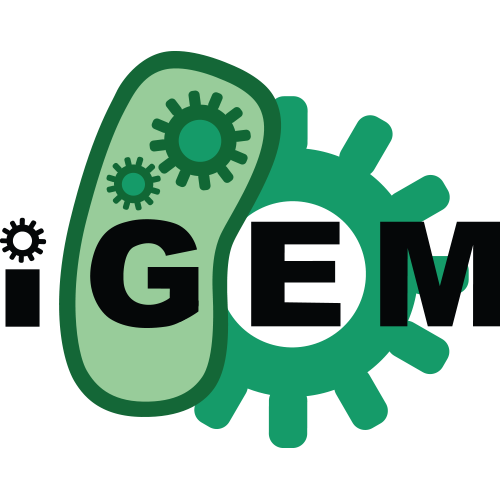Source:
Generated By: https://synbiohub.org/public/igem/igem2sbol/1
Created by: Jinyang Liang
Date created: 2015-09-16 11:00:00
Date modified: 2015-09-18 07:46:27
ftnA
| Types | DnaRegion |
| Roles | Coding CDS |
| Sequences | BBa_K1679029_sequence (Version 1) |
Description
FtnA is a bacterial ferritin with a protein shell is assembled from 24 identical 19.4 kDa FtnA monomers. Its central cavity is around 7.5 nm in diameter and can be loaded with iron when cells grow under iron-richconditions[1]. The iron is stored in the form of ferrihydrite iron cores normally that with superparamagnetic properties[2]. The iron contained ferritin can generate heat in response to electromagnetic signal[3]. For the reasons above, we design it as our magnetic receiver which can turn electromagnetic signal into heat.
[1]Smith J L. The physiological role of ferritin-like compounds in bacteria[J]. Critical reviews in microbiology, 2004, 30(3): 173-185.
[2] Papaefthymiou G C, Viescas A J, Devlin E, et al. Electronic and magnetic characterization of in vivo produced vs. in vitro reconstituted horse spleen ferritin[C]//MRS Proceedings. Cambridge University Press, 2007, 1056: 1056-HH03-27.
[3] Stanley S A, Sauer J, Kane R S, et al. Remote regulation of glucose homeostasis in mice using genetically encoded nanoparticles[J]. Nature medicine, 2015, 21(1): 92-98.
